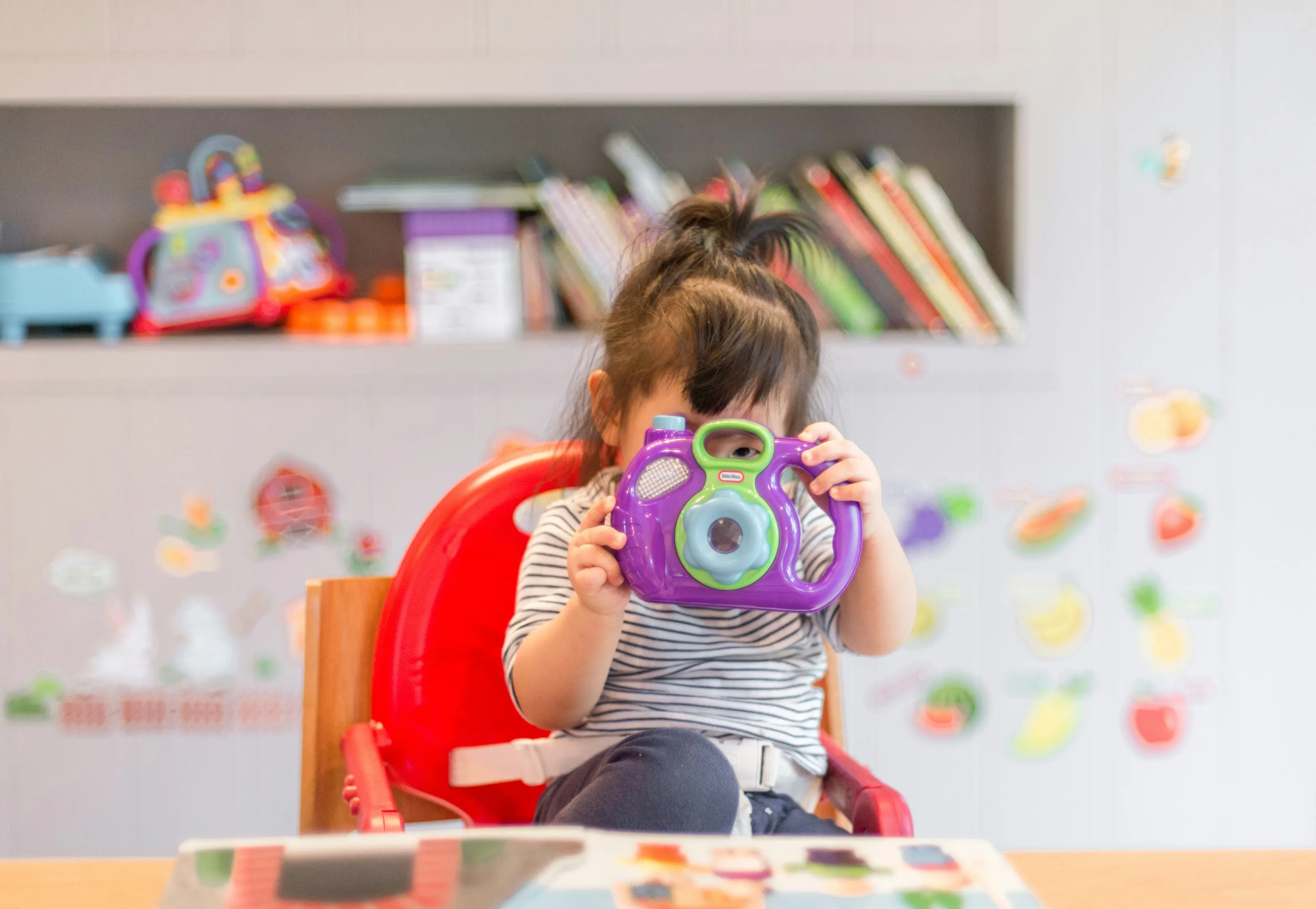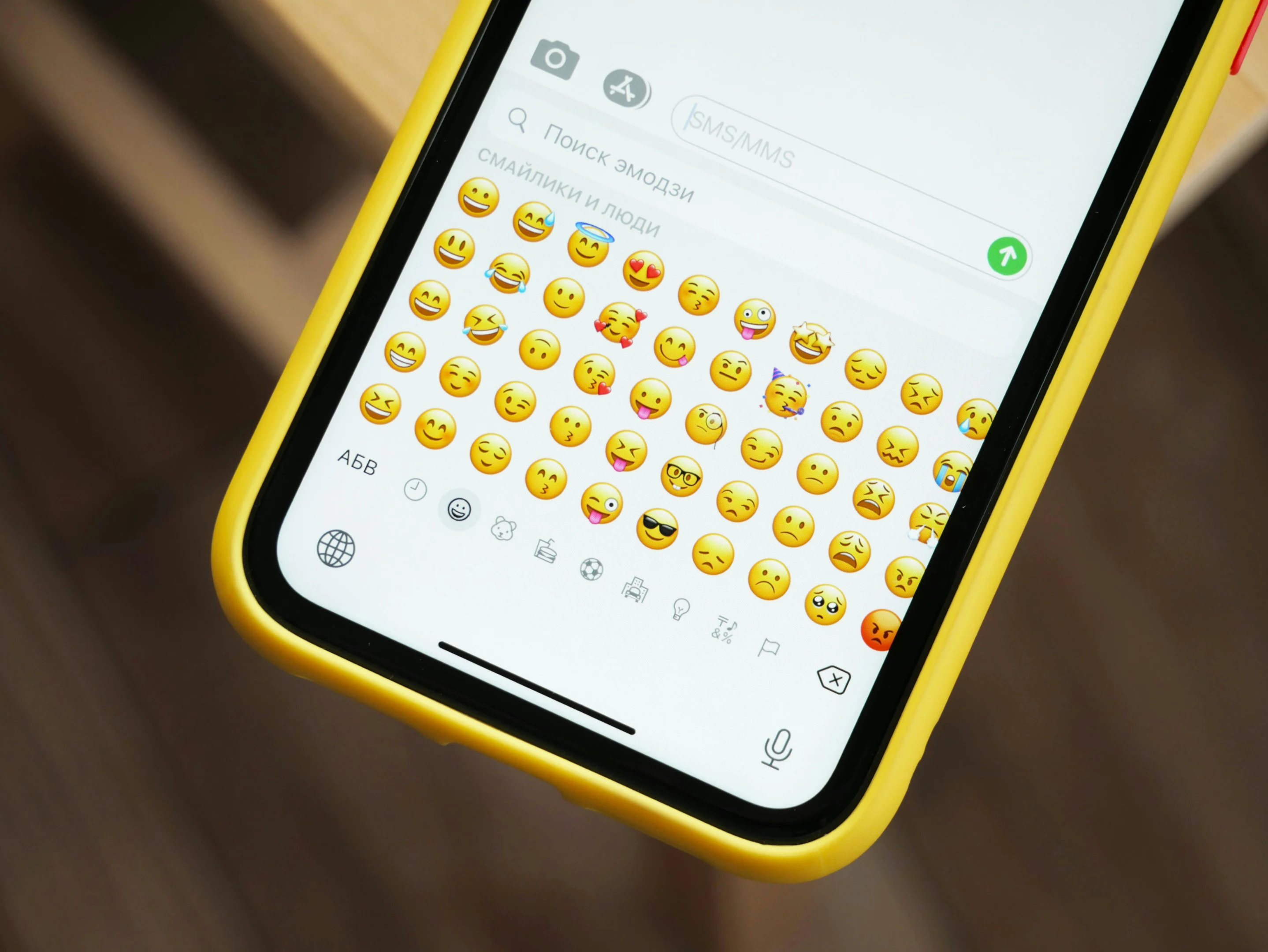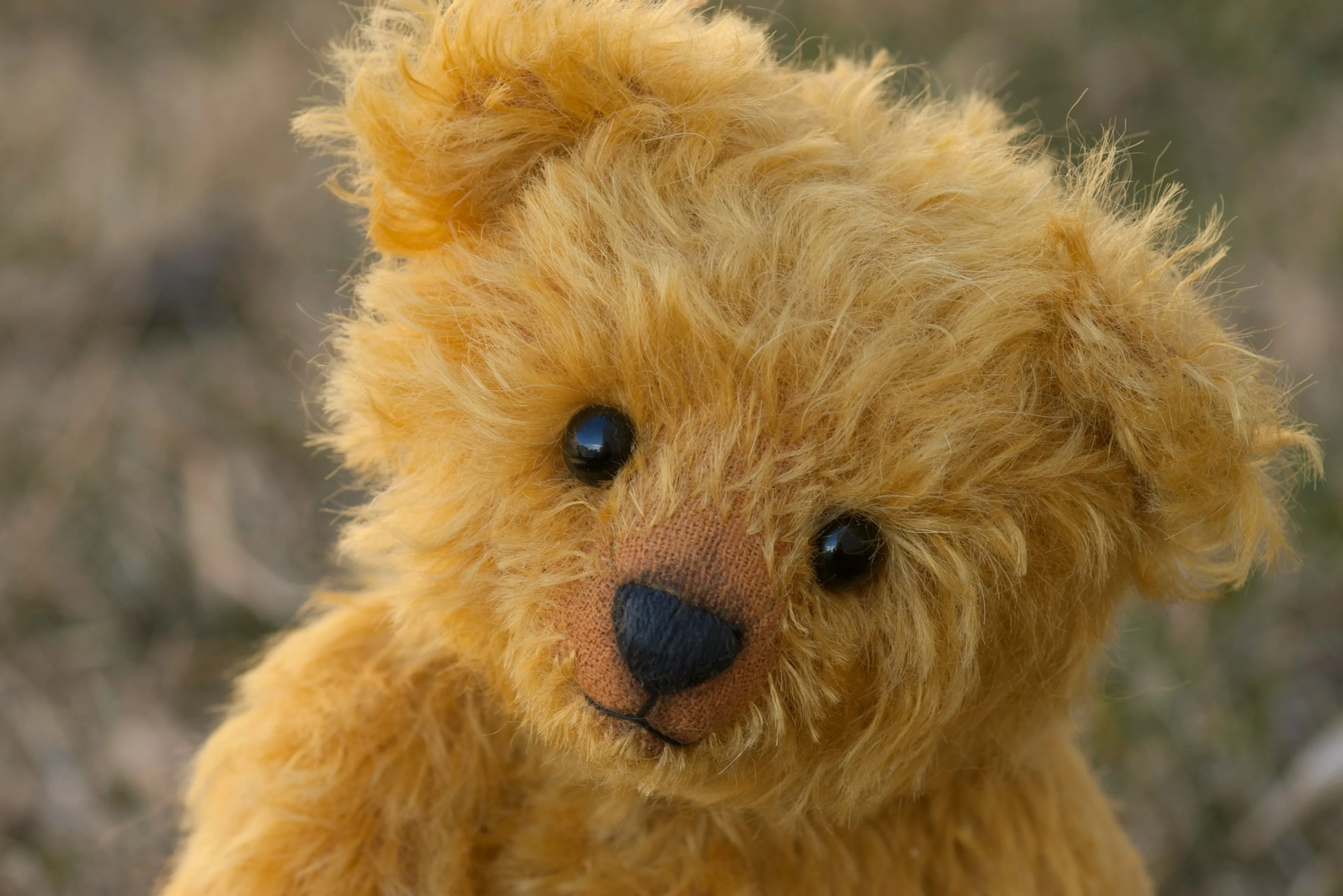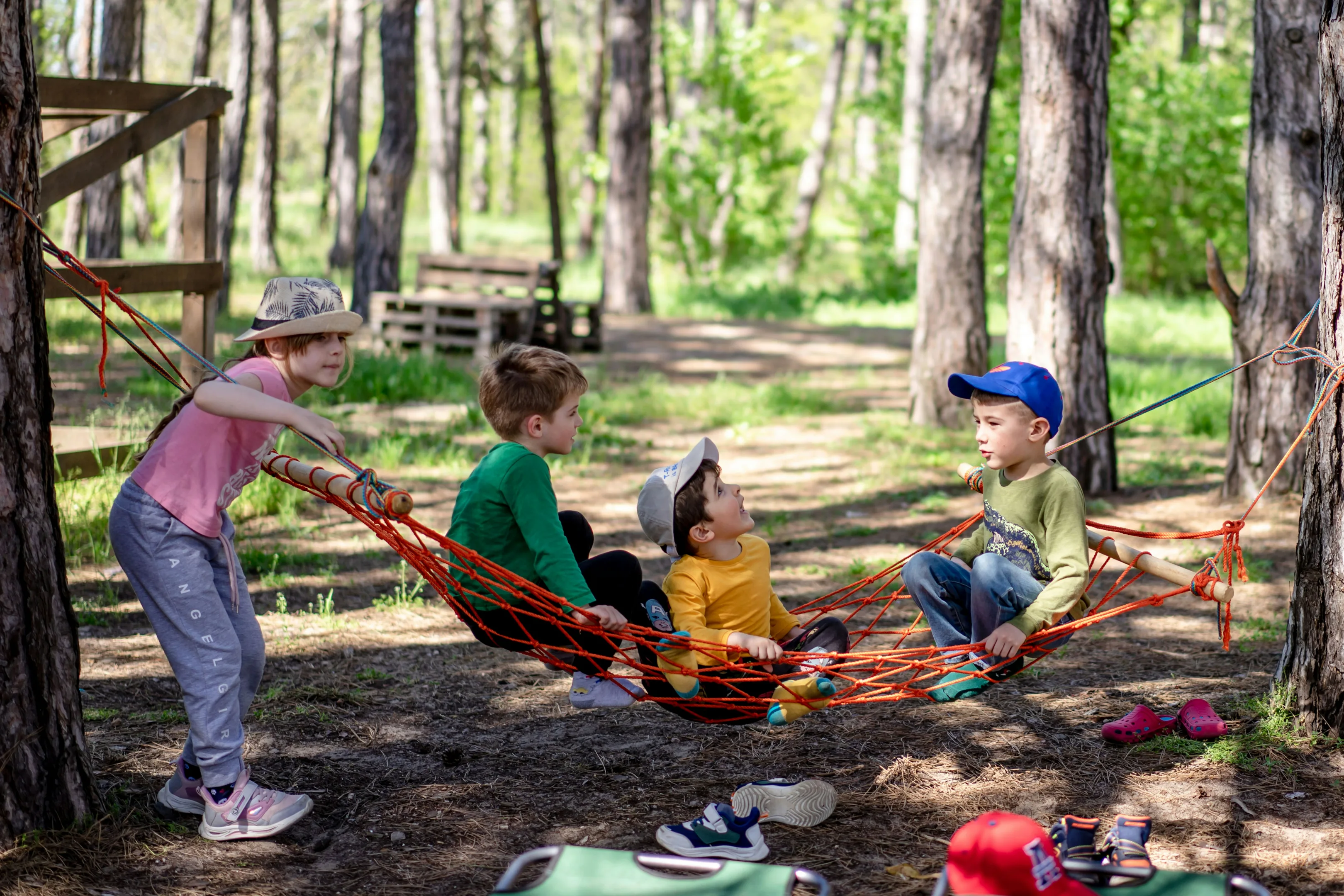
It’s really important to give preschool children the language to describe their emotions. Otherwise, they can’t tell us how they are feeling. This can lead to frustration, and that frustration, in turn, can lead to unwanted or challenging behaviors. We adults need to remember that behind every unwanted behavior, there is a child with an emotion that has arisen from an unmet need.
As early years practitioners, we are in the best place to help and support our preschoolers to start to recognize their emotions in themselves and in others and be able to deal with them.
These eleven emotions activities for preschoolers will help your children begin to tell you how they are feeling and hopefully lead to less frustration. They will also help our preschoolers develop empathy for others.
Of course, we have to be realistic. It’s perfectly normal for preschool children to have tears and tantrums sometimes. They are all part of normal childhood development. Young children need to learn how to cope with their feelings. They need us to give them opportunities to learn to cope with:
Frustration if they can’t have their way or make themself understood
Waiting their turn
Hearing the word “no”
Having to share
Feeling anger
Feeling disappointed
Most preschool children don’t yet have the vocabulary to be able to explore emotions and tell us how they are feeling, so they can become frustrated and perhaps lash out or start to whinge. That’s where we can help. The importance of good mental health starts early. We can support this by providing activities that help children express their feelings and emotions safely and suitably. Follow the activities below for a calm and healthy environment.
1. Find the Feeling
This activity supports young children to start to identify basic emotions and to be able to read the facial expressions of emotions.
You will need:
Old magazines, comics, newspapers, junk mail, travel brochures, etc.
Scissors
Glue
Paper
What to do:
Ask the children to help you look for a happy face.
Talk about how you will know.
Are the corners of the mouth turned up or down?
What will the eyes look like?
Look through the pages together until you find some happy faces, and encourage the children to cut them out.
Stick your happy faces on a sheet of paper.
Now look for sad faces.
Talk about the corners of the mouth being turned down, tears, and a wrinkled forehead.
Cut out any sad faces you find together and stick them to another sheet of paper.
Repeat for angry, shocked, amazed, whatever you think next.
You don’t have to do this activity all at once. If your preschoolers have a short attention span, you can find one emotion at a time, and gradually build up a display of faces showing as many different emotions as you can think of. Invite the children to bring in photographs of themselves and their families showing different emotions to add to your display.
To further support this activity, there is a wealth of ready-made Emotions Cards available to buy on Amazon. I like to use the Emotions Bear cards with preschoolers. The cards show a series of cartoon bears with different expressions. Follow this link to purchase a set.
You can use the cards to play little games like:
Guess how little bear is feeling today?
Or
Can you find me the tired bear, or the shocked bear, or the excited bear?
2. Emoji Emotions

There is an emoji now for almost every occasion and every expression. You can play this game on a tablet, or a phone, or project it onto a whiteboard if you have one.
Type in a series of emojis with varying expressions, and ask your preschoolers to point to the one that has:
A sad face = 😥
An angry face = 😡
A laughing face = 😂
A tired face = 😌
A worried face = 😟
A funny, joking face = 🤪
And so on…
Talk about how they know. If we are sad, talk about how we may sometimes have tears. If we are angry, we might get a bit red, and our eyebrows will fall in the middle. Ask the children to think of a time when they have been sad, angry, or happy.
As a follow-up to this activity, try printing some emojis onto a card and playing Emotion Emoji Snap, making sure the children tell you which emotion they have snapped on.
3. Stories
There are lots of lovely stories available to introduce preschool children to emotions.
One of my favorite books to talk about with preschoolers is:
Making Faces: A First Book of Emotions by Abrams Appleseed.
On each page, there is a picture of a young child showing an emotion, followed by a page with several different expressions so that you can ask the preschoolers to pick out the correct expression. The book also includes a mirror so that your preschoolers can practice pulling their faces.
A similar book aimed at pre-schoolers is Feelings: A lift-the-flap board book of emotions by Louise Forshaw. This is a very similar concept to the story above and is a lovely book to have in your book corner to talk about.
But you don’t have to stop there… Every time you tell a story, take the time to pause for a moment to talk about how the characters are feeling.
How does the mouse in The Gruffalo feel when he hears the Gruffalo coming?
How does Little Red Riding Hood feel walking through the woods knowing there is a big bad wolf?
How does Elmer the Elephant feel about being different from the other elephants?
Every time you stop and talk about a character’s feelings, you will be reinforcing your preschoolers’ empathy and understanding of others, and that is an amazing job!
4. Tell Teddy

When you are a pre-schooler, it can be a big deal to tell an adult or even another child how you are feeling. Talking to a teddy or a puppet can feel much less threatening for some children.
You will need:
A good-quality teddy, soft toy or puppet
What to do:
Model this with the children at a get-together time first.
Introduce Teddy to the children and tell them that Teddy is feeling very shy today.
If you can, make the teddy or puppet hide their face behind their paws, only gradually starting to peep at the children.
Explain that Teddy is frightened of noise, but if the children are very quiet, he might feel better and look at them.
Very carefully, pass Teddy around the children, asking them to be very quiet and gentle so they don’t frighten him.
Tell the children that Teddy feels better and that he has decided to be brave and sit on a chair today.
Explain that if anyone wants to come and talk to him, he would love that.
He likes to know how you are feeling too.
Leave the bear in a quiet corner. Repeat this activity a few times so that the children are reminded they have a safe space to talk. You can pass the bear around on different days, and Teddy can ask the children different questions, for example:
Can you whisper your name to Teddy?
Can you whisper your friend’s name?
Can you tell Teddy your favorite place to play? And so on.
This is a great activity to build up your preschoolers’ confidence in speaking aloud.
5. A Quiet Space
Sometimes, we all just need a little bit of time to ourselves to process our thoughts. Children are no different. A classroom or busy setting can feel overwhelming at times. Try to provide a few calm spaces where children can go when they need some quiet time. Think carefully about where you position your quiet space to make sure it really is as quiet as possible.
What you need:
A pop-up tent
Cushions
A soft, cozy blanket
A torch
A basket of books
A way of playing some soothing music like water, birds, or whale music. (Optional)
When you have set up your quiet space, encourage your preschoolers to use it whenever they feel tired, upset, or sad, or if they just want to be by themselves for a while. It’s important to use the language of emotions with our preschoolers from an early age so that they can express their emotions appropriately.
A pop-up tent is ideal for creating a quiet space, but if you don’t have a pop-up tent, no need to worry. I’ve seen cozy quiet corners made from blankets draped over tables, sheets pinned to the corners of a wall, large cardboard boxes, and even empty fireplaces.
6. Making Friends

Preschool children are usually in the very early stages of making friendships. It’s at this age that they begin to move from the solitary stage of play, where they are not aware of other children, into the observation stage, where they start to watch other children and play alongside them, without actually interacting. We can gently encourage the next steps of interactions by talking about friends as we play.
Choose your moment to intervene when children are playing to tell them the names of other preschoolers and introduce them to the word friend. For example:
Here’s Jade. Jade wants to share the cars; let’s be a good friend and share with him.
Sophie’s come to play in the house. Shall we make Sophie a cup of tea too?
This is what early childhood practitioners are wonderful at doing, and it really is as simple as just being there to encourage early friendships to blossom. To support this activity, there are lots of lovely books about friendship for pre-schoolers. Two of my favorites are:
All the Reasons Why Wiggleson Loves His Friends by Luna James
The Kids Books of Friends: How to Make Friends and Be a Friend by Catherine Stephenson
7. Mirrors
Mirrors are a brilliant way to introduce preschoolers to emotions. Every preschool setting should have at least one available for the children so that they can go and look at themselves if they want to. Mirrors are an important way to help children develop a sense of their own self. Be aware of any preschool children who are not yet recognizing their reflection, as this can sometimes be a sign of significant emotional and social delay.
As the children look in the mirror, encourage them to pull different faces:
Funny faces
Sad faces
Happy faces
Surprised faces
Angry and worried faces.
This is great for conveying the language of emotions. Make this time as playful as you can, and have lots of fun and giggles as you make lots of different expressions.
8. Dressing Up
Role play is one of the best ways for preschoolers to start talking about their different feelings. There is a lovely Vygotsky quote that says:
“…in play, it is as though he were a head taller than himself.”
It’s so true! When preschoolers dress up in a costume, they can sometimes come to life and take on a whole new personality as they pretend to be a familiar grown-up.
What you need:
A dressing-up box or trolley with plenty of options like:
Hats, coats, and scarves
Costumes of people who help us, like police, paramedics, fire service, and doctors.
Fantasy costumes like fairies and princes, kings and queens.
Outdoor and indoor clothes.
Clothing from other cultures, like saris, turbans, kaftans, or thobes.
Dressed-up clothes: high heels, beads, shirt, and tie.
Don’t put everything out on your trolley all at once. Instead, rotate the costumes regularly so that your preschoolers have different opportunities to role-play as different people.
Then, simply take part in role-play alongside your pre-schoolers and model to them how you’re feeling;
I’m so sad. My car has run out of gas.
I’m so excited about your birthday party.
I’m worried about the baby. I think she’s sick.
This way, you will be giving them the language to understand and explain how they are feeling, which is the key to helping your preschoolers manage their frustrations.
9. Build a Face
This is a lovely activity that has lots of learning opportunities and can also help children talk about emotions.
You will need:
Large sheets of paper
Lots of different cut-out colored shapes, including circles, oblongs, crescents, and hearts (paper or felt)
What to do:
Spend a little time looking at each other’s faces first. You might want to use mirrors first for your preschoolers to remind themselves what their own faces look like and name features like noses, ears, eyebrows, and so on.
Next, model how to make a face out of the shapes, talking to the children all the time about which shapes you are choosing and which features you are making. For example:
I’m going to use these two ovals to make the eyes.
I’m going to use this crescent shape, upside down, to make a sad mouth.
Let your preschoolers have a go at making their own faces with the shapes, and continue to give them the words for both facial features, colors, shapes, and of course, their emotions.
10. Squeeze it Out

If you have a child that seems particularly angry or stressed in your preschool, try this:
Collect items such as bubble wrap, hard rubber balls, balloons, and bubbles.
Let them apply pressure, pop, and squeeze the bubble wrap. Show them how to squeeze the rubber ball to make a dent in it. Let them squeeze and pop balloons and bubbles.
Applying pressure is soothing and can really help some children to calm down.
11. What We Love Today
Appreciation and gratitude have been proven to be some of the best ways to improve our well-being, and that applies to children too. You can do this activity with an individual child or in a small group. The heart can be anything heart-shaped, like a small heart cushion or a pendant—whatever you have to hand.
What you need:
A quiet space
A heart small enough to hold in your preschoolers’ hands.
What to do:
Hold the heart in your hand first and model what you love about today. For example:
This morning, I loved a nice cup of coffee.
Or
Today, I loved walking my dog before I came to preschool.
Invite the children to tell you what they love about today.
They may need to practice this, as it can take a little time for some children before they have the confidence to share.
You might want to use a few prompts like:
The sun is shining
Your friend is here today
We had crackers and cheese for snack
If you have enjoyed these activities and want more, try following this link for more pre-schooler emotions activities:
As always, keep it playful and fun.
